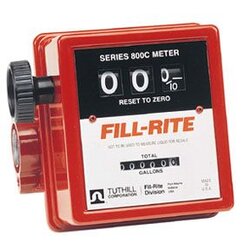It's possible for "less than honest" home oil delivery companies to increase the actual delivery of oil by 10 to 20% and fly under the radar so to speak.
I am asking if anyone has installed an interior oil fuel meter to use to compare the gallons of oil actually delivered. It would be used on a standard 225 residential home heating oil tank and would be capable of being re-set after each delivery. Any thoughts would be welcomed...Thanks
I am asking if anyone has installed an interior oil fuel meter to use to compare the gallons of oil actually delivered. It would be used on a standard 225 residential home heating oil tank and would be capable of being re-set after each delivery. Any thoughts would be welcomed...Thanks


 - kidding
- kidding